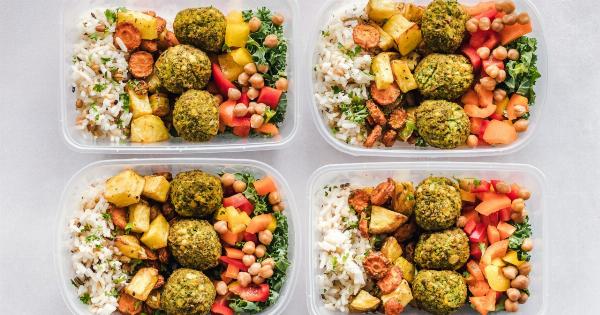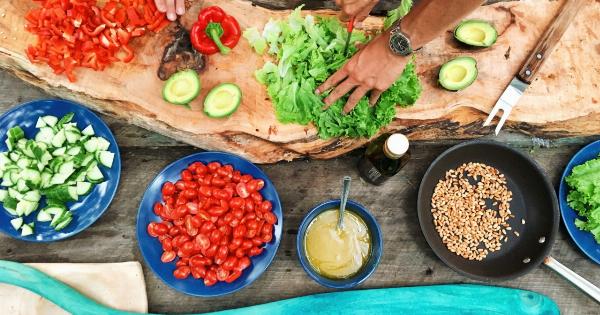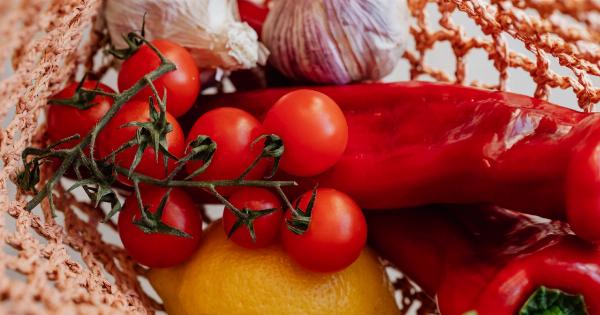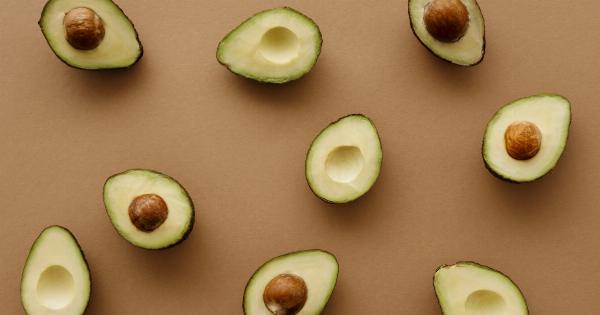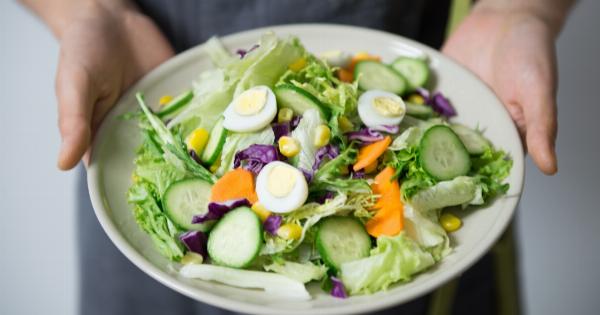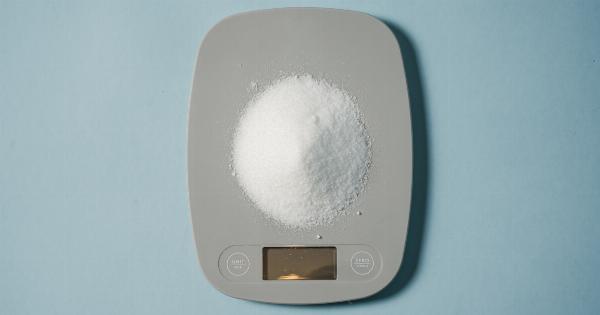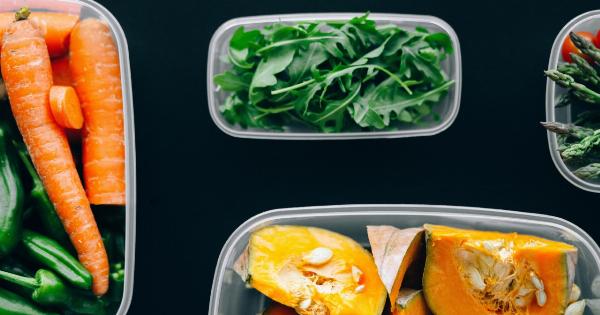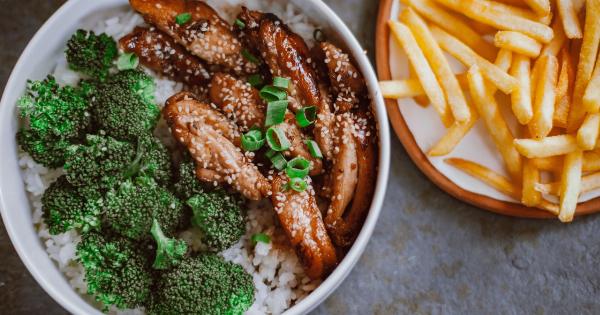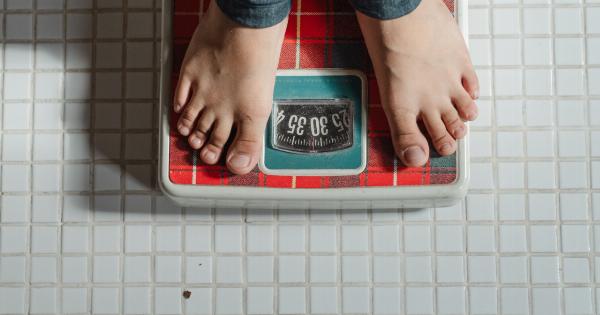Fiber is an essential nutrient that many people lack in their daily diet. Fiber is important because it helps regulate digestion, lowers cholesterol, and reduces the risk of heart disease.
Additionally, fiber helps keep you feeling fuller for longer periods, which can aid in weight management. In this article, we will discuss 10 ways to boost your fiber intake.
1. Start Your Day With a High Fiber Breakfast
A high-fiber breakfast is an excellent way to start your day. Some great options include oatmeal, whole-grain cereal, and bran flakes. If you prefer savory breakfasts, try adding some sautéed vegetables to your eggs or avocado toast.
2. Switch to Whole Grains
Refined grains are stripped of their fiber content. Switching to whole grains can significantly increase your daily fiber intake. Some great options include brown rice, quinoa, whole-wheat pasta, and bread.
3. Incorporate Beans into Your Diet
Beans are an excellent source of fiber and are incredibly versatile. Incorporating them into your diet is easy and can significantly boost your fiber intake. Some great options include black beans, chickpeas, and kidney beans.
4. Snack on Fruits and Vegetables
Fruits and vegetables are packed with essential nutrients and fiber. Snacking on them between meals is a great way to boost your fiber intake. Some great options include fresh berries, apples, carrots, and celery.
5. Add Nuts and Seeds to Your Diet
Nuts and seeds are an excellent source of fiber and healthy fats. Incorporating them into your diet can significantly increase your daily fiber intake. Some great options include almonds, chia seeds, and flaxseeds.
6. Include More Legumes in Your Meals
Legumes are a family of plants that include beans, lentils, and peas. They are a great source of fiber and can be incorporated into many meals and snacks. Some great options include lentil soup, chickpea hummus, and pea salad.
7. Choose High-Fiber Snacks
Instead of reaching for chips or cookies, choose high-fiber snacks. Some great options include air-popped popcorn, roasted chickpeas, and sliced vegetables with dip.
8. Swap Meat for Plant-Based Protein
Plant-based proteins are a great source of fiber and can be substituted for meat in many dishes. Some great options include tofu, tempeh, and edamame.
9. Drink Plenty of Water
Drinking plenty of water is essential for overall health and digestion. Staying hydrated can also aid in digestion and the absorption of fiber from the foods you eat.
10. Gradually Increase Your Fiber Intake
Gradually increasing your fiber intake can help prevent bloating and digestive discomfort. Start by adding one high-fiber food to your diet each day and slowly increase the amount over time.

